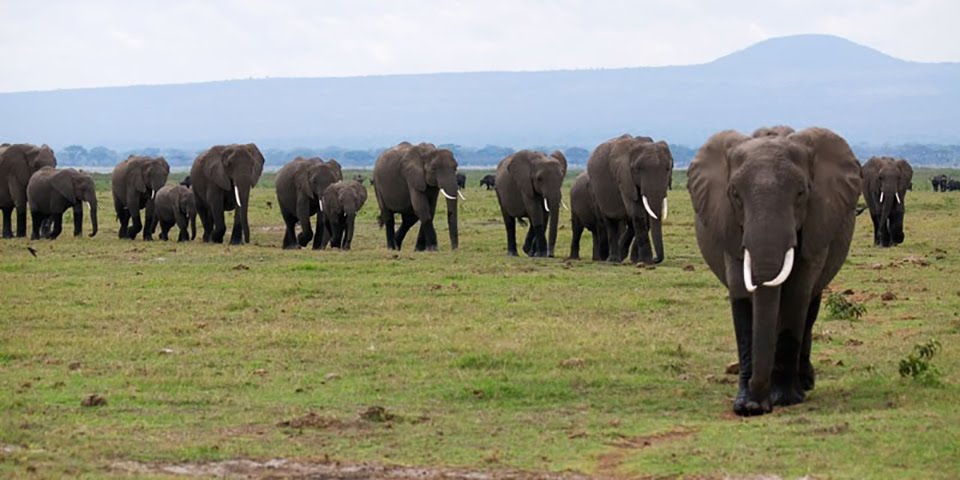Emily Hunter, who edited the book, was asked what inspired her to write the The Next Eco-warriors. She had this to say:
Young people. In my own travels, I’ve meet so many inspiring young people over the years doing extraordinary acts of change. Their incredible stories fueled me in my own sense of activism and purpose. But later I came to decide that these stories needed to be shared with a greater audience, because I feel they will ignite others as they have ignited me.
When youth learn about issues affecting animals and the environment, it's always good to share ideas about ways that they can make a difference. They can become eco-warriors too!
You can learn more about the book at: http://www.nextecowarriors.com/










